Overview of Mitrade and MTrading
In 2025, the Forex market continues to witness fierce competition among international brokers. Two outstanding names that attract strong attention from Vietnamese investors are Mitrade and MTrading. Both offer online trading platforms supporting a wide range of financial products such as Forex, indices, commodities, cryptocurrencies, and stock CFDs.
However, there are still significant differences between the two brokers in terms of regulations, platforms, trading costs, and customer support services, which directly affect investor experience.
Regulations and Credibility
Mitrade is regulated by the Australian Securities and Investments Commission (ASIC) – one of the world’s leading financial supervisory authorities.
In addition, Mitrade also complies with the regulations of the Cayman Islands Monetary Authority (CIMA), ensuring transparency standards and fund safety for users.
MTrading, on the other hand, operates under the supervision of the International Financial Services Commission (IFSC) of Belize. Although not as reputable as ASIC, IFSC is still a legitimate regulator that requires brokers to maintain operating capital and submit regular financial reports.
Mitrade: ★★★★☆ (High credibility – regulated by ASIC)
MTrading: ★★★☆☆ (Moderate reliability – regulated by IFSC)

Trading Platforms
Mitrade has developed its own proprietary Mitrade App, optimized for both web and mobile. The interface is modern and user-friendly, especially suitable for beginners. Notable features include intuitive charts, pending orders, risk management tools, and real-time market news updates. However, a limitation is that the broker does not support MetaTrader 4/5, the industry-standard platform preferred by many experienced traders.
In contrast, MTrading uses the MetaTrader 4 (MT4) platform, considered the global standard in Forex trading. MT4 supports advanced technical analysis, automated trading (EA), and a wide range of indicators, giving traders more flexibility.
Mitrade: ★★★☆☆ (User-friendly platform, ideal for beginners)
MTrading: ★★★★☆ (Powerful MT4, suitable for professional traders)
Trading Products
- Both brokers provide a relatively diverse range of trading instruments:
- Forex: over 60 major, minor, and exotic currency pairs
- Stock indices: NASDAQ, S&P 500, Dow Jones, etc.
- Commodities: gold, silver, crude oil
- Cryptocurrencies: BTC, ETH, LTC, XRP (via CFDs)
However, Mitrade has an advantage with a broader product portfolio, including global stock CFDs (U.S., European, and Asian markets). MTrading mainly focuses on Forex and commodities, offering fewer options for investors seeking portfolio diversification.
Mitrade: ★★★★☆ (More diversified product range)
MTrading: ★★★☆☆ (Mainly Forex and commodities)
Trading Fees and Spreads
One crucial factor when choosing a broker is the trading cost.
Mitrade applies a floating spread model with zero commission. The average spread for the EUR/USD pair ranges around 1.0 – 1.2 pips, making it suitable for short-term trading.
MTrading also offers Standard and Pro accounts, with the Pro account featuring spreads as low as 0.1 pip, but with a $4 per lot commission fee. This makes MTrading more appealing to professional traders or those using trading robots.
Mitrade: ★★★★☆ (No commission, reasonable spreads)
MTrading: ★★★★☆ (Lower spreads but commission applies)
Leverage and Minimum Deposit
Mitrade offers maximum leverage up to 1:200, sufficient for effective trading while maintaining safety.
MTrading provides leverage up to 1:1000, allowing more flexible capital optimization but carrying higher risks.
Regarding minimum deposit, Mitrade requires $50, while MTrading only needs $5, making it easier for beginners to start trading.
Mitrade: ★★★★☆ (Safe, suitable for beginners)
MTrading: ★★★★☆ (Flexible capital, high leverage)
Customer Support and Education
Both brokers offer 24/5 Vietnamese-language support via live chat, email, and hotline.
- Mitrade heavily invests in financial education, offering Mitrade Academy, tutorial videos, and daily market analysis articles.
- MTrading, while providing timely support, has a more limited educational library, mainly catering to experienced traders.
Mitrade: ★★★★★ (Excellent support, rich educational materials)
MTrading: ★★★★☆ (Good support, limited training content)
Interface and User Experience
The Mitrade App interface is simple and intuitive, ideal for new traders entering the Forex market. Meanwhile, MTrading’s MT4 delivers a more professional feel, equipped with comprehensive technical tools for advanced users.
- Depending on trading goals, each platform offers distinct advantages:
- Mitrade: Convenient, user-friendly, fast execution
- MTrading: Strong in technical analysis, supports EAs
Pros and Cons Summary
| Criteria | Mitrade | MTrading |
|---|---|---|
| Regulation | ASIC, CIMA | IFSC |
| Platform | Mitrade App | MetaTrader 4 |
| Trading Products | Diversified, includes stock CFDs | Focused on Forex and commodities |
| Trading Fees | 0 commission, reasonable spread | Low spreads, with commission |
| Leverage | 1:200 | 1:1000 |
| Minimum Deposit | 50 USD | 5 USD |
| Vietnamese Support | Yes | Yes |
| Best For | Beginners | Professional traders |
Both Mitrade and MTrading are reputable choices for Forex investors in Vietnam.
Mitrade suits beginners who prioritize safety, ease of use, and regulation by top-tier authorities.
MTrading is ideal for experienced traders seeking MT4 compatibility, low spreads, and high leverage flexibility.
If you’re looking for a safe – transparent – user-friendly broker, Mitrade is the optimal choice.
Conversely, if you aim for high-performance trading and greater leverage, MTrading deserves your consideration.


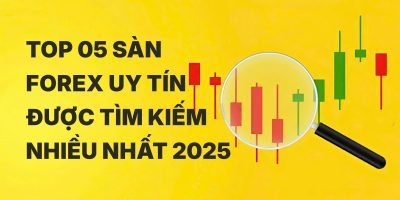
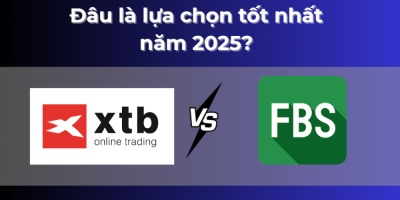
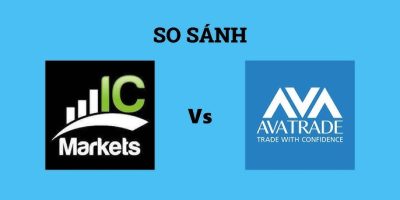


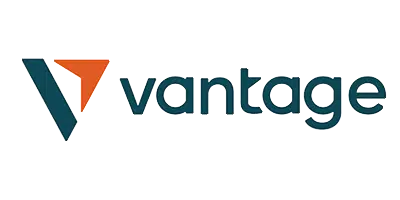

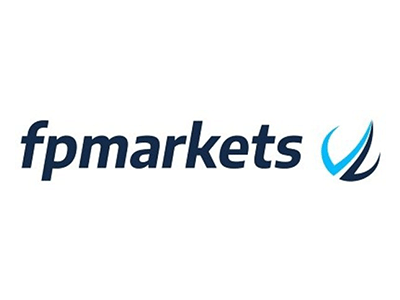


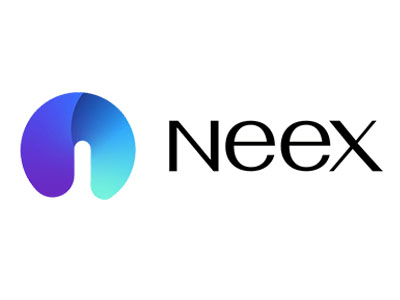



Leave a Reply